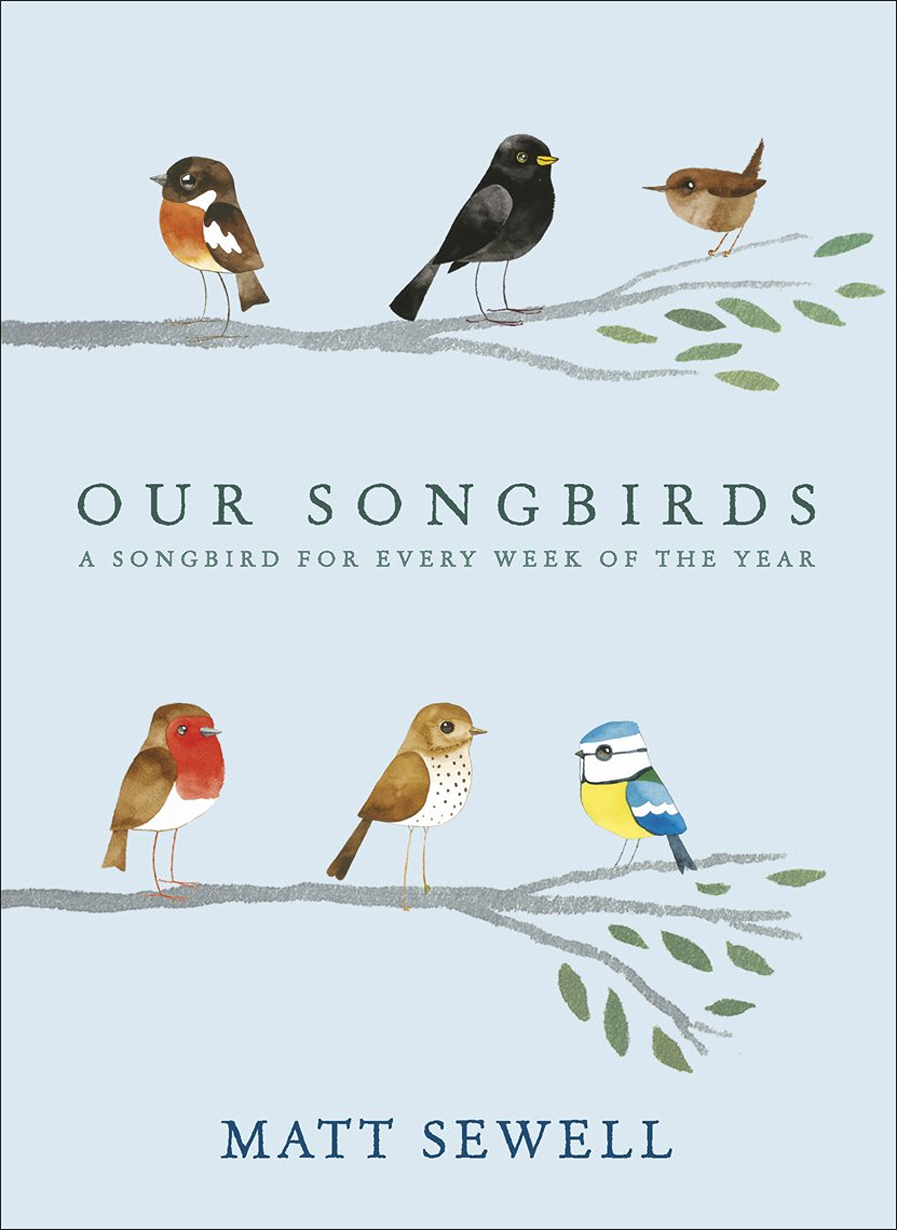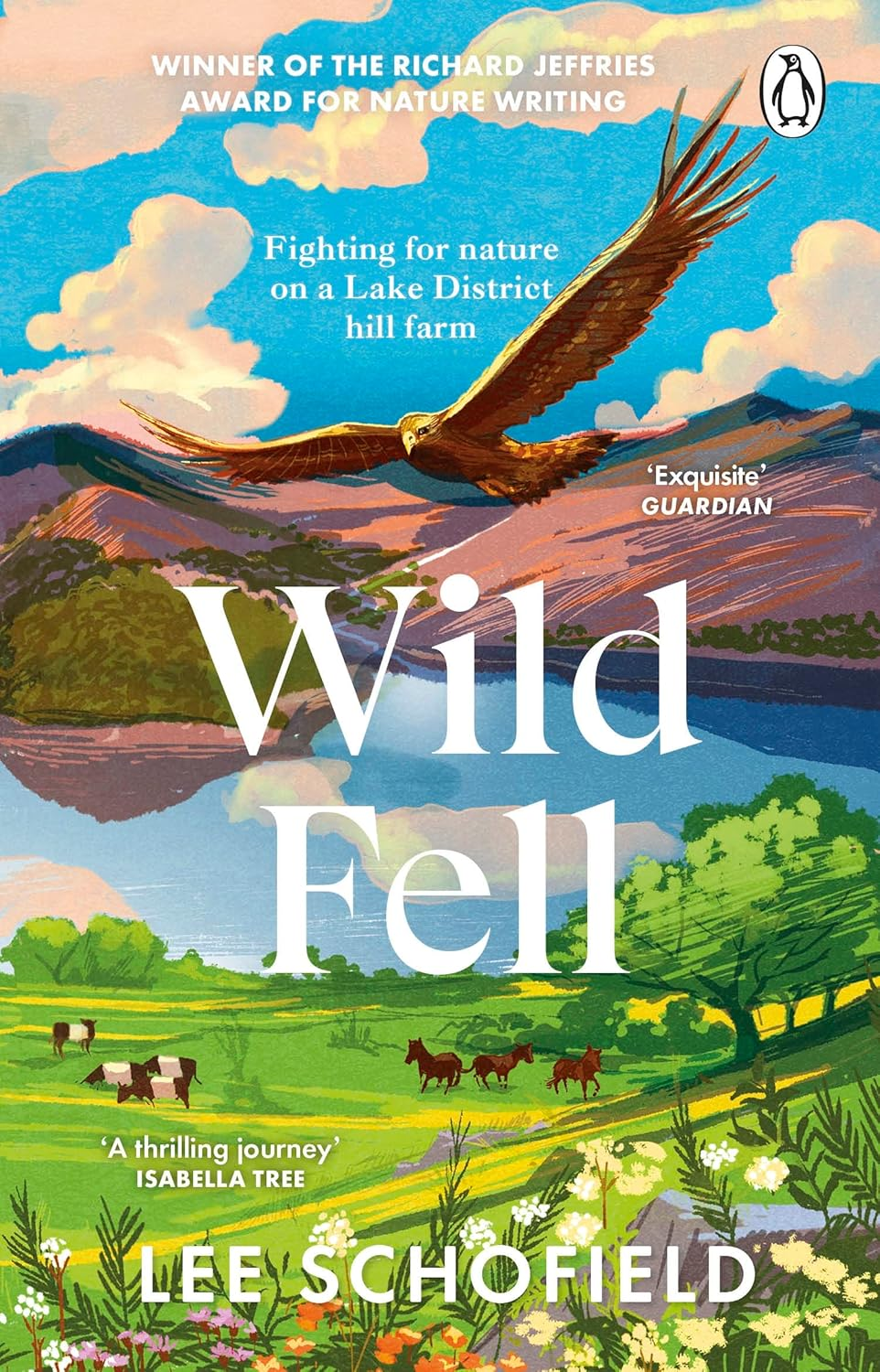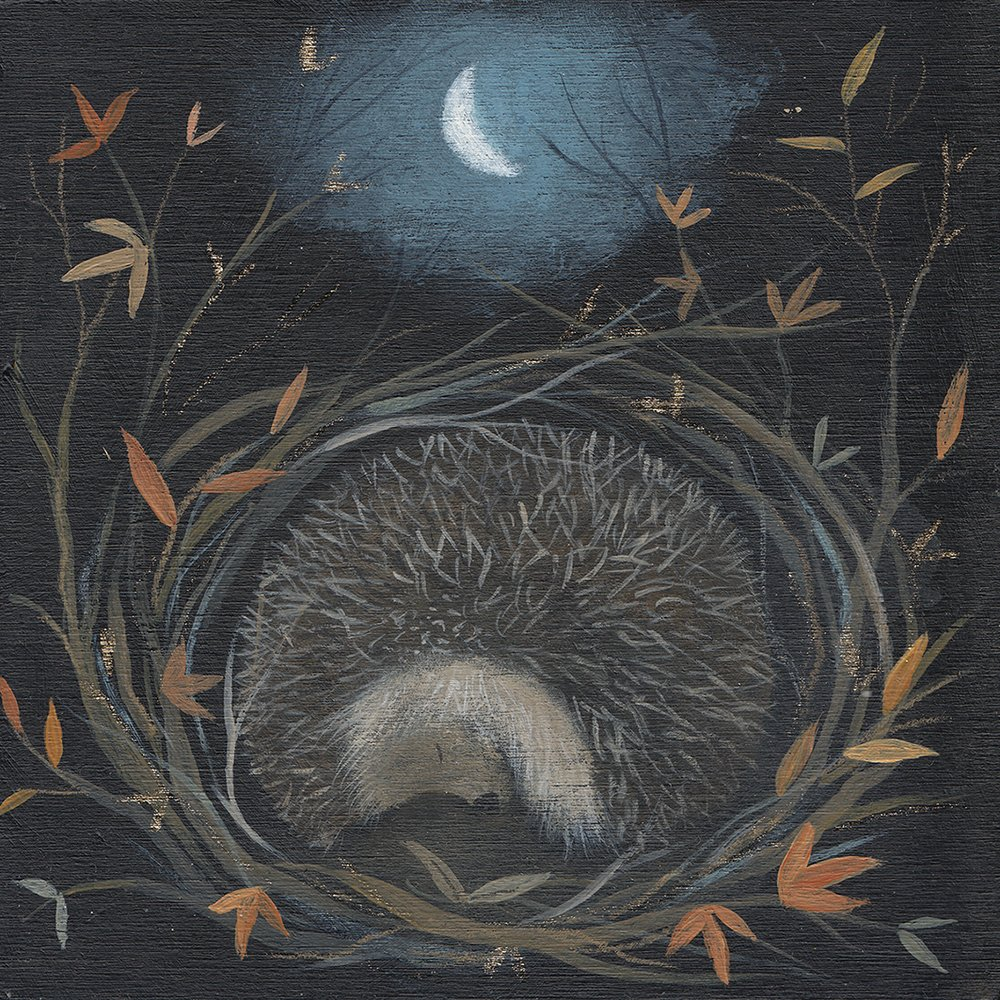How Other Creatures Build Green Homes

I’m Building a Nest is a book to show how 50 creatures (including birds) make their homes. Packed with interesting facts (and a spoonful of silliness), learn how creatures build nests, caves, holes, hills and hives.
Read our posts on how to create safe havens for birds (feeding, nest-boxes) and preventing bird strike.
Whose home has a larder, dining room and super-slidey escape tunnel? And other creatures make nests too!
How is it that we humans manage to build homes that off-gas and use up natural resources that send species endangered? Yet the humble bird and other creatures are ‘nature’s perfect architects?’
They take nothing from nature that leaves harm, and at the end, their homes fully biodegrade. And yet some people think that humans are the intelligent species?
Nature’s Greatest Builders
Nature is full of remarkable architects. While humans draw up house plans and hammer nails, animals and insects use what’s around them to build shelters that are functional, safe, and even beautiful.
Their homes protect them from harsh weather and predators, while offering a place to raise young. Watch closely, and you’ll see that the animal kingdom is bursting with creativity and resourcefulness.
Ingenious Bird Nests
Birds don’t just lay eggs anywhere. They’re picky and smart about where and how they build nests. Some species use mud, while others weave leaves or dig into wood.
- Weaverbirds are true artists. They twist fresh grass and twigs into hanging orbs with entrances facing away from the wind and rain. These nests swing from tree branches, keeping eggs out of reach.
- Swallows prefer mud. They build their cup-shaped nests under bridges or house eaves. Each nest can take over 1,000 muddy mouthfuls.
- Woodpeckers act like natural carpenters. They chisel holes into tree trunks to make safe, hollow homes. These nests get reused for years, not just by woodpeckers but by owls and squirrels too.
Birds show that even with beaks and claws, you can build a safe, comfortable house.
Master Builders of the Insect World
Insects are tiny but mighty. Their building skills rival any construction crew. They turn soil, sand, and secretions into strong, complex homes.
- Ants build underground labyrinths. A single ant hill can hide tunnels, rooms for raising young, food storage, and special nurseries. They move soil bit by bit, to create entire underground cities.
- Termites form giant mounds in Africa and Australia. Some mounds reach three metres high and stay cool inside, despite blazing heat. Termites use mud, chewed wood, and spit to hold everything together.
- Honeybees live in honeycombs—perfect hexagons built from wax they make themselves. Every cell fits snugly, storing honey and raising larvae.
Insects work together to build some of the strongest and smartest homes in the wild.
Aquatic Architects: Homes Beneath the Water
Water shelters another world of inventive homebuilders. These animals prove you don’t need hands or tools, just determination.
- Beavers are famous engineers. They use branches, mud, and stones to dam streams, creating deep ponds where they build sturdy lodges. The lodges have underwater entrances to keep unwelcome guests out.
- Caddisfly larvae use what’s on hand: sand, pebbles, or plant bits. They glue these together with silk to make tiny survival cases, which protect them from fish and currents.
- Corals are living builders. Each coral polyp takes in calcium and crafts its own hard chamber. Over time, millions of polyps build vast reefs that become underwater cities for countless marine species.
Life in water demands clever building, and these creatures more than meet the challenge.
Mammalian Constructions: Burrows and Dens
Many mammals choose to build below ground for safety and warmth. Their tunnels and dens offer a snug retreat from storms and predators.
- Moles shape long, winding burrows not just for living, but for hunting worms. Their broad paws work like shovels, digging quickly through the earth.
- Rabbits dig warrens with connected rooms and multiple exits. This network lets them escape danger fast and helps keep their young safe.
- Prairie dogs create towns with hundreds of entrances and underground chambers. Air shafts bring in fresh air, while special nursery rooms give their pups a safe start in life.
Burrows keep these mammals hidden and secure, proving that you don’t need wood, nails, or bricks for a sturdy home.
Nature’s builders remind us that imagination and resourcefulness shape the world’s greatest shelters. Next time you spot a bird’s nest, an ant hill, or a beaver dam, take a moment to marvel at the effort and skill that go into making a perfect home.






